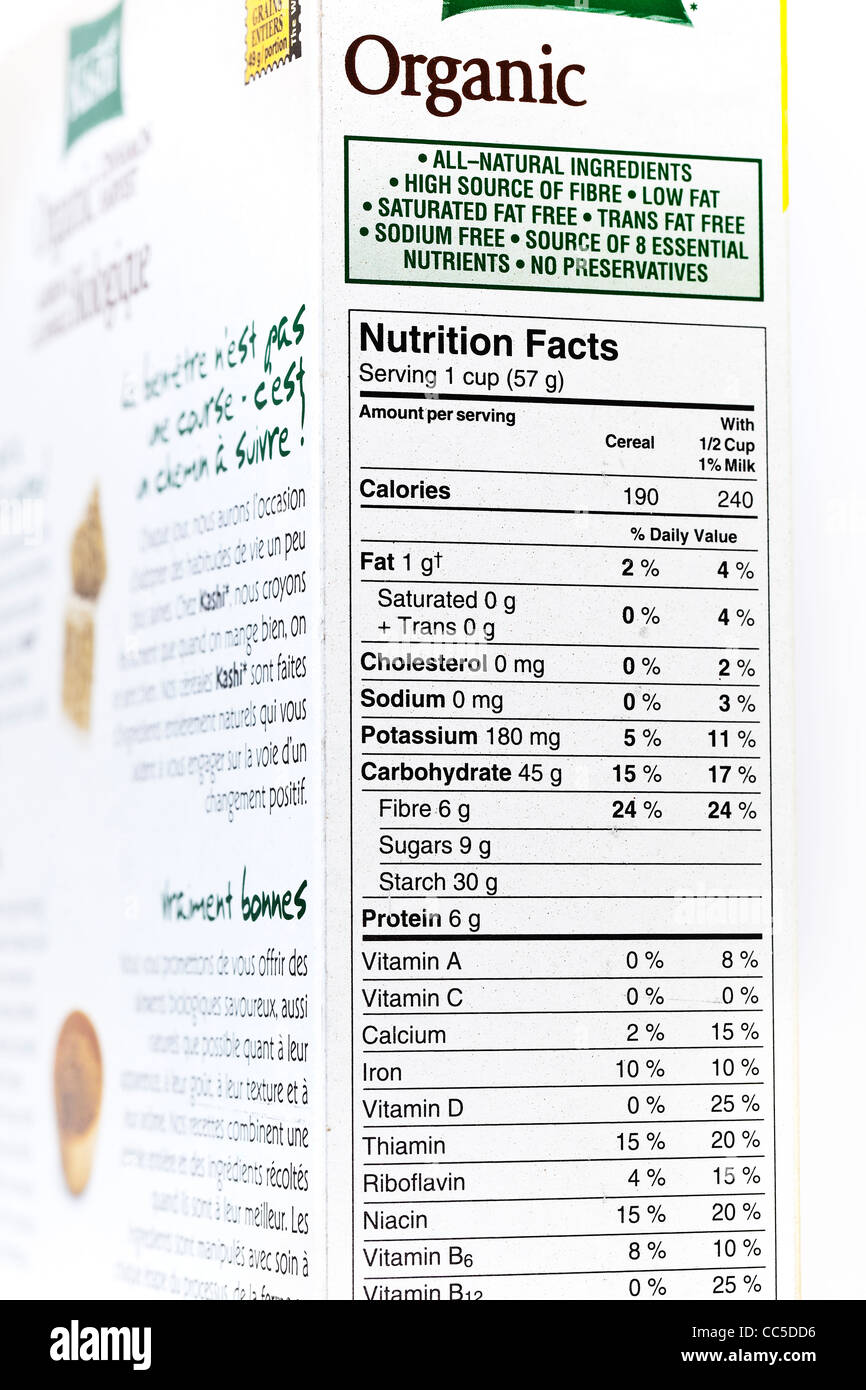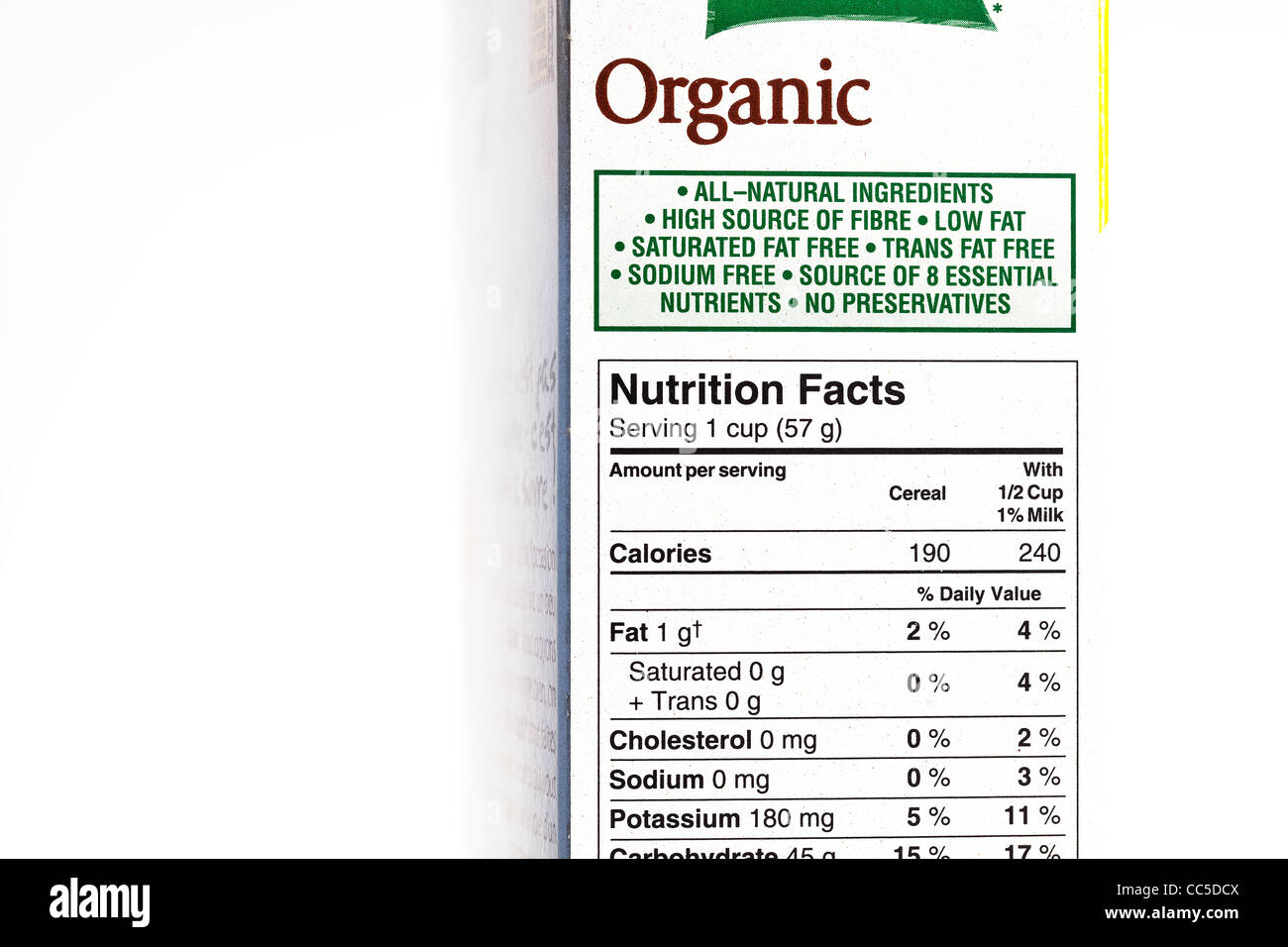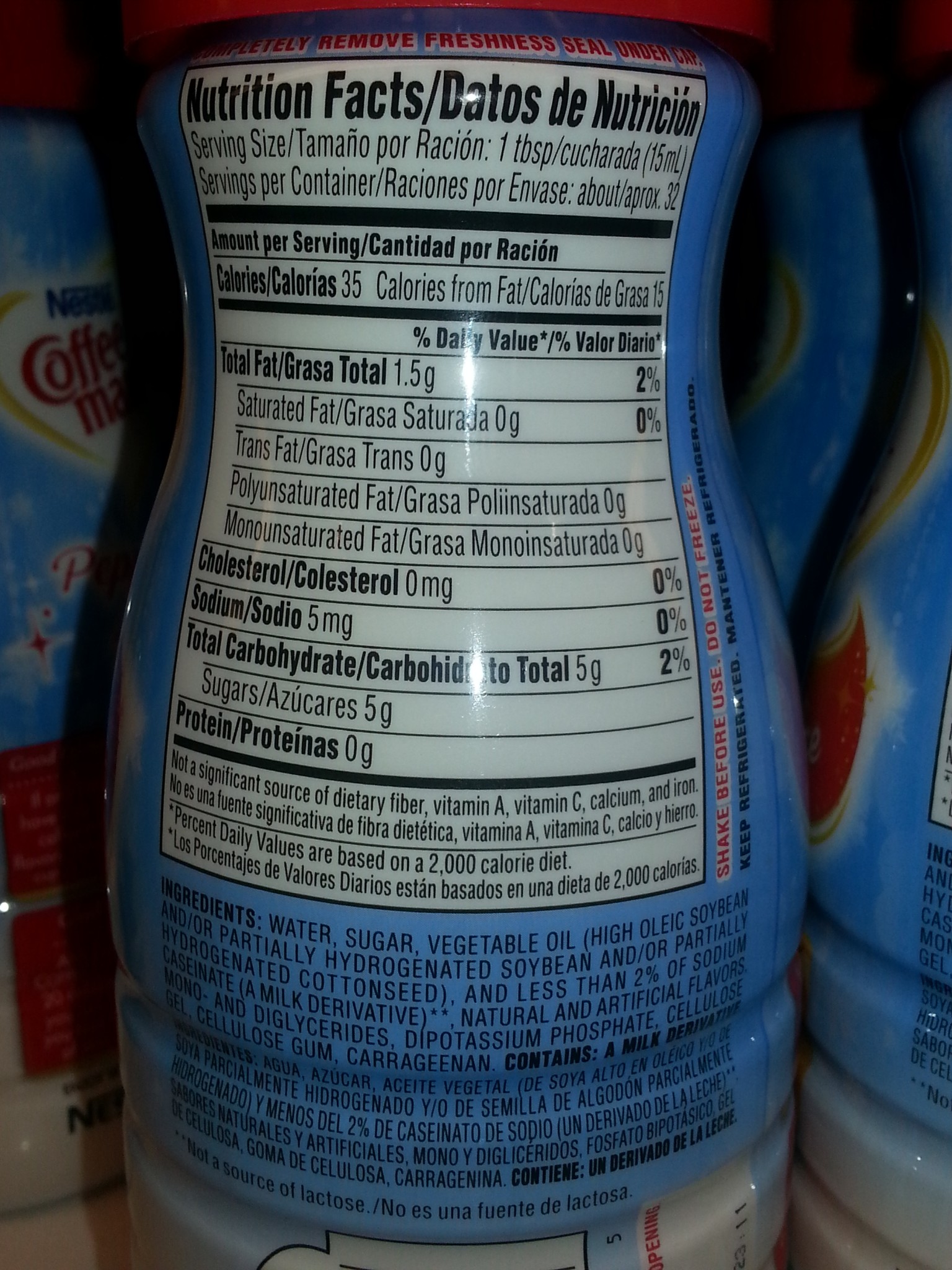How to Read Food Nutrition Labels Effectively

How to Read Food Nutrition Labels Effectively
Understanding food nutrition labels is a vital skill for making healthier choices, especially for middle-aged individuals aged 40-55 who may be managing chronic conditions or aiming to maintain an active lifestyle. This guide simplifies the process of reading and interpreting nutrition labels, helping you make informed decisions at the grocery store.

Why Nutrition Labels Matter
Nutrition labels are more than just numbers—they provide insight into the nutritional composition of foods, helping you:
-
Manage weight and caloric intake.
-
Reduce risks of chronic diseases like hypertension, diabetes, and heart disease.
-
Choose nutrient-dense foods that support overall health .9 .13.

Step-by-Step Guide to Reading Nutrition Labels
1. Start with Serving Size
-
The serving size is the foundation of the label. It tells you the quantity of food that corresponds to the listed nutritional values.
-
Pay attention to servings per container—eating multiple servings means multiplying calories and nutrients .9 .13.

2. Check Calories
-
Calories indicate the energy content per serving. Compare this to your daily caloric needs, which vary based on age, gender, and activity level.
-
For weight management, balance calorie intake with expenditure .10 .13.
3. Limit Certain Nutrients
Focus on reducing:
-
Saturated and Trans Fats: Linked to heart disease; aim for low amounts.
-
Added Sugars: Excessive sugar contributes to obesity and diabetes.
-
Sodium: High sodium can lead to hypertension; look for foods with less than 140 mg per serving .9 .13.

4. Prioritize Beneficial Nutrients
Look for foods high in:
-
Fiber: Supports digestion and heart health; aim for 25–35 grams daily.
-
Calcium & Vitamin D: Essential for bone health.
-
Iron & Potassium: Important for energy and blood pressure regulation .9 .10.

5. Understand % Daily Value (%DV)
-
%DV shows how much a nutrient contributes to your daily diet based on a 2,000-calorie plan.

Common Misconceptions About Food Labels

1. Misleading Claims
Be cautious of terms like:
-
“Low Fat” or “Low Sugar”: These may still contain unhealthy ingredients like added sugars or sodium .7 .11.
-
“Natural” or “Organic”: Not always indicative of nutritional quality; check the full label .7.
2. Serving Size Manipulation
Products may appear healthier by listing small serving sizes—always calculate based on your actual consumption .7 .11.

3. Hidden Trans Fats
Even if trans fats are listed as “0 g,” partially hydrogenated oils in the ingredients mean trans fats are present in small amounts .9 .11.

Tips for Middle-Aged Readers
As individuals aged 40–55 often face unique health concerns such as hypertension or high cholesterol, here are tailored tips:

1. Focus on Heart Health
-
Look for low-sodium options to manage blood pressure.
-
Choose foods with healthy fats (e.g., omega-3s from fish) instead of saturated fats .9 .2.

2. Manage Blood Sugar Levels
Monitor added sugars carefully, especially if you’re at risk of diabetes. Opt for whole grains over refined carbs .9 .13.

3. Support Bone Health
Ensure adequate calcium and Vitamin D intake by choosing fortified products or dairy alternatives .









